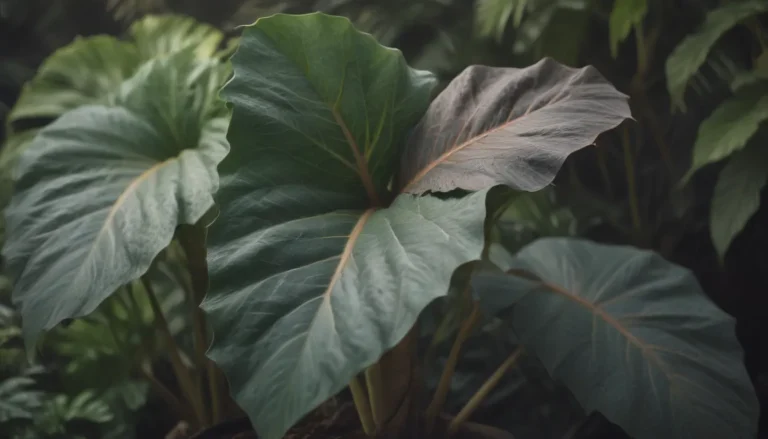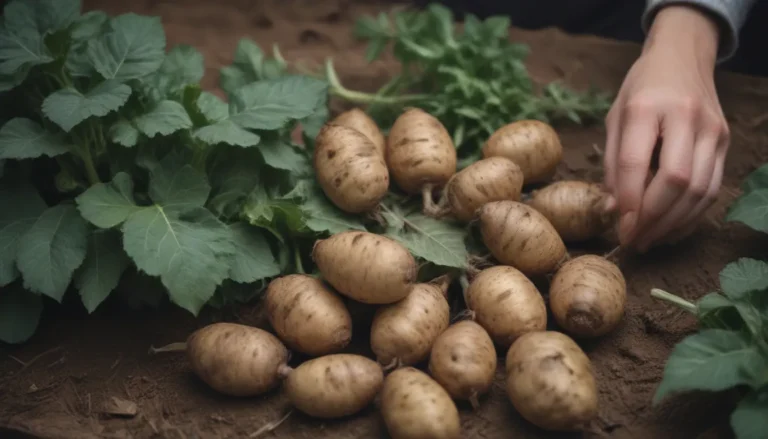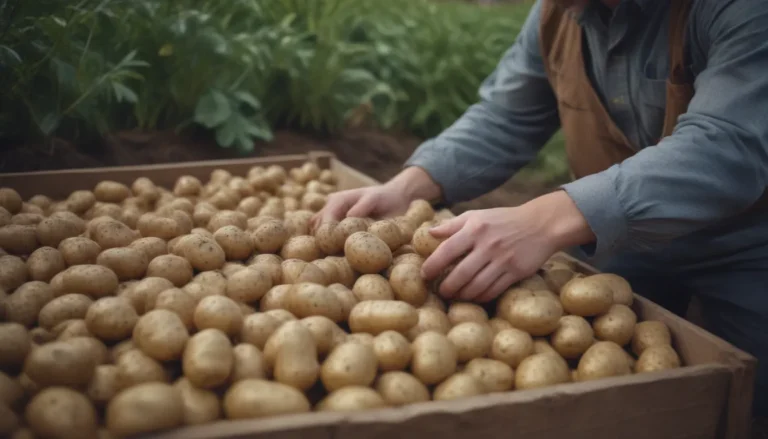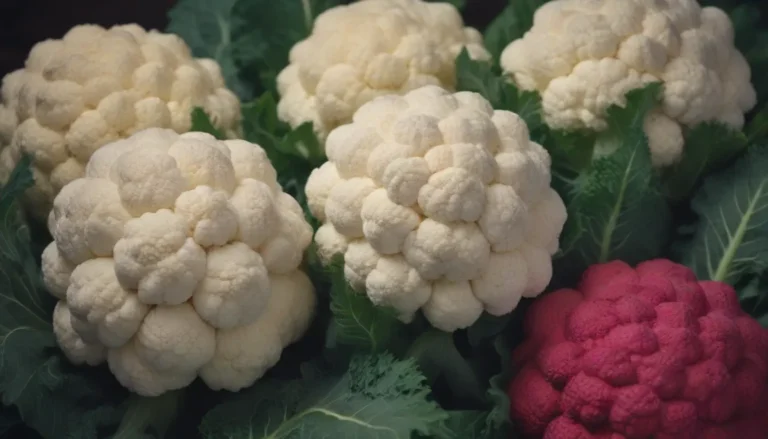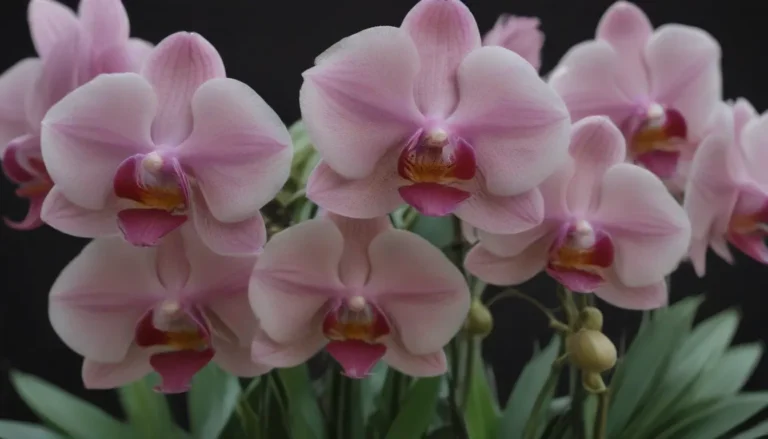Everything You Need to Know About Growing and Caring for a Burgundy Rubber Plant
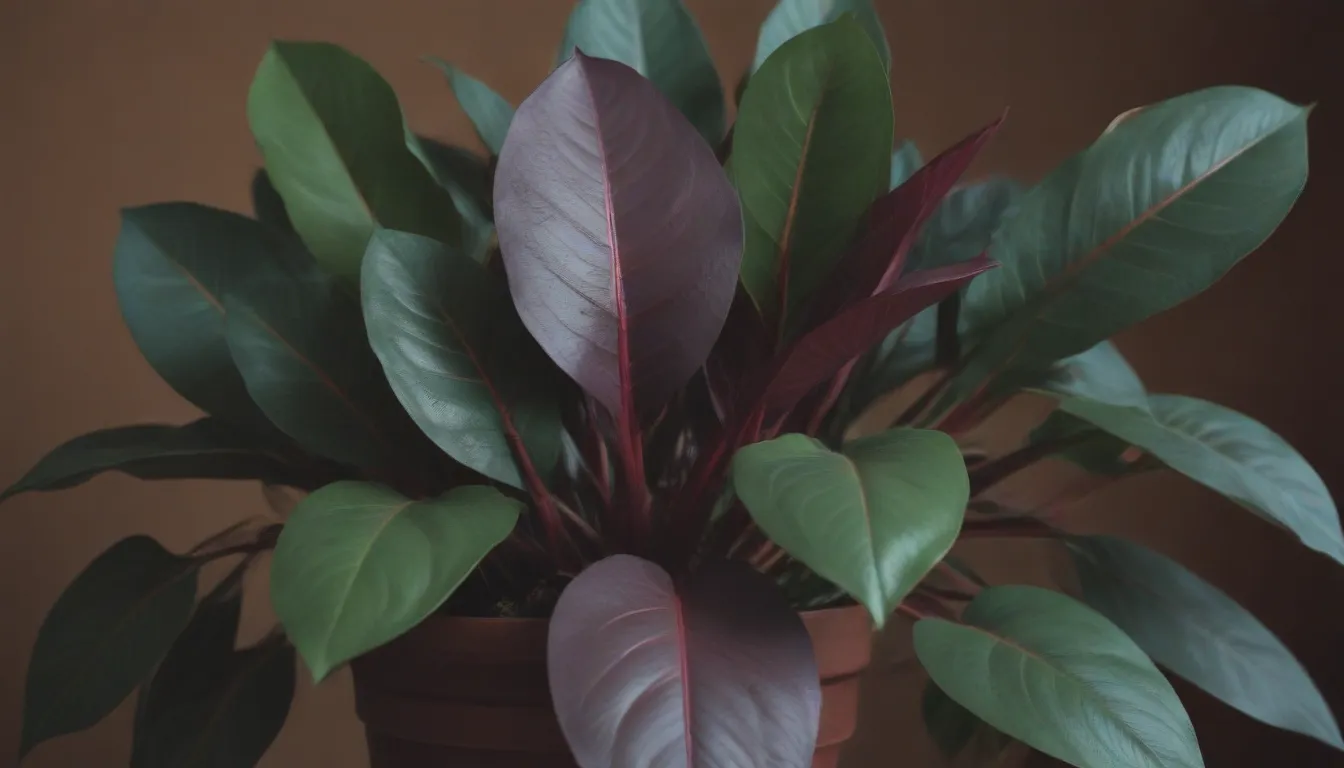
Are you considering adding a burgundy rubber plant to your indoor plant collection? With its stunning dark green, almost black leaves with a beautiful burgundy undertone, the ficus elastica ‘burgundy’ is a popular houseplant choice among plant enthusiasts. In this comprehensive guide, we will explore everything you need to know about how to grow and care for a burgundy rubber plant indoors. From light and soil requirements to watering tips and common problems to watch out for, we’ve got you covered. So, let’s dive in!
Burgundy Rubber Plant Care
Here are the basic requirements for growing a healthy and thriving burgundy rubber plant:
Light
When it comes to light, the burgundy rubber plant thrives in full sun or bright, indirect light when grown indoors. Unlike some other houseplants, this plant can tolerate full sun conditions without burning its leaves. However, it also does well in bright, indirect light. Avoid placing it in low light conditions, as this can lead to leggy and stunted growth.
Soil
A well-draining soil mix that retains some moisture is ideal for rubber plants. While they are not too picky about their growing medium, a general potting mix designed for houseplants that includes perlite, sand, or similar materials for drainage should suffice.
Water
Burgundy rubber plants prefer to dry out completely between waterings and are sensitive to overwatering. If in doubt, it’s better to underwater than to overwater your plant. Consider using a moisture meter to help you gauge when it’s time to water your plant.
Temperature and Humidity
Average household temperature and humidity levels are perfect for burgundy rubber plants. They thrive in temperatures between 65 to 85 degrees Fahrenheit and require 40 to 50 percent humidity. Avoid exposing them to cold drafts, as they are not frost-tolerant.
Fertilizer
During the active growing season, which is typically in spring and summer, it’s beneficial to fertilize your burgundy rubber plant with a balanced houseplant fertilizer diluted to half-strength every two weeks. This will promote strong and healthy growth.
Pruning
While pruning is not necessary for burgundy rubber plants, it can help control their size and shape. Pruning in the spring or summer, when the plant is actively growing, can encourage branching and a fuller appearance. Use sharp, clean pruning shears and protect your floors from the sap that may drip from the cuts.
Propagating Burgundy Rubber Plant
You can propagate burgundy rubber plants using stem cuttings. This is a great way to create new plants to share with others or to repurpose cuttings from pruning. Protect your work area and wear gardening gloves to prevent contact with the plant’s sap.
Potting and Repotting
Repot your rubber plant every one to two years or when it outgrows its current container. The best time to repot is in spring or summer when the plant is actively growing. Look for signs such as roots growing from drainage holes or circling inside the pot. Gently check the plant’s root system early in spring to determine if it needs repotting.
Common Pests and Diseases
Burgundy rubber plants are susceptible to pests like scale, mealybugs, and spider mites. Regularly inspect your plant for signs of infestation and treat them promptly. Keep an eye out for symptoms of root rot, which can occur due to overwatering. If detected early, affected plants can be propagated from healthy stem cuttings.
Common Problems and Solutions
Here are some common problems you may encounter with your burgundy rubber plant and how to address them:
Leggy Growth
If your plant exhibits thin, spindly growth with leaves spaced far apart, it likely needs more light. Move it to a location with brighter indirect light or full sunlight to promote healthier growth. Prune off any leggy growth to improve the plant’s appearance.
Yellow Leaves
Yellow leaves can be a sign of overwatering or insufficient light. Allow the soil to dry out between waterings and provide adequate light, preferably near a west or south-facing window. Avoid direct sunlight without acclimating the plant first.
Humidity
Maintain moderate humidity levels of 40 to 50 percent for your burgundy rubber plant. Avoid misting the leaves, as this can lead to fungal issues. Instead, consider using a humidifier or placing the pot on a pebble tray filled with water.
By following these care tips and guidelines, you can ensure that your burgundy rubber plant thrives and adds a touch of drama to your indoor space. Happy growing!
